
How do MOSFETs Work?
Global electronic component supplier ERSAELECTRONICS: Rich inventory for one-stop shopping. Inquire easily, and receive fast, customized solutions and quotes.
Are MOSFETs Transistor?

MOSFETs (Metal-Oxide-Semiconductor Field-Effect Transistors) are a type of transistor. Transistors are electronic devices that control the flow of current in a circuit. They are fundamental building blocks of modern electronics and are used in various applications.
MOSFETs are a specific type of transistor that utilizes a metal-oxide-semiconductor structure to control the flow of current. They consist of three main regions: the source, the drain, and the gate. The source and drain regions are doped to create either an N-type or P-type semiconductor material, while the gate region is separated from the channel by a thin insulating layer, typically made of silicon dioxide (SiO2).
MOSFETs offer several advantages over other types of transistors. One key advantage is their ability to handle high power levels efficiently. They have low on-resistance (Rds(on)), which means they can handle high currents with minimal power loss. This makes them suitable for power-switching applications, where efficient power management is crucial.
Another advantage of MOSFETs is their fast switching speed. They can transition between the on and off states rapidly, allowing for high-frequency operation. This makes them ideal for applications such as RF (Radio Frequency) switching in communication systems, where fast and accurate signal routing is required.
MOSFETs also offer excellent linearity, low noise, and high gain, making them suitable for use in amplifiers and signal-processing circuits. They can accurately amplify weak signals without introducing significant distortion or noise, ensuring reliable signal processing in various electronic systems.
Furthermore, MOSFETs can operate at high temperatures, making them suitable for use in harsh environments encountered in aerospace, automotive, and industrial applications. They can withstand extreme temperature conditions without compromising their performance or reliability.
In summary, MOSFETs are a type of transistor that utilizes a metal-oxide-semiconductor structure to control the flow of current. They offer advantages such as high power handling, fast switching speed, low noise, high gain, and the ability to operate at high temperatures. These characteristics make MOSFETs widely used in various applications, including power management, motor control, communication systems, and avionics.
Types of MOSFET
1. Depletion MOSFET (D-MOSFET)
Depletion Mode: When the gate-to-source voltage (V_GS) is zero, these MOSFETs are typically on, or conducting. The device is turned off when the channel of carriers is exhausted by applying a positive V_GS for a p-channel or a negative V_GS for an n-channel.
Applications: Analog switches, current regulators, and amplifiers.
2. Enhancement MOSFET (E-MOSFET)
Enhancement Mode: When V_GS is 0, these MOSFETs are typically off. By enhancing the channel with carriers, applying a positive V_GS for an n-channel or a negative V_GS for a p-channel activates the device.
Applications: Power supplies, motor controllers, and digital circuits.
3. N-Channel MOSFET
N-Channel Operation: The charge carriers are electrons. These MOSFETs are more effective for high-current applications because they have a lower on-resistance than p-channel MOSFETs.
Applications: High-speed switching, DC-DC converters, and load switches.
4. P-Channel MOSFET
P-Channel Operation: The charge carriers are called holes in a P-Channel operation. Although these MOSFETs have a greater on-resistance than n-channel MOSFETs, they can nevertheless be helpful when a positive voltage needs to be managed.
Applications: Power management circuits, and switching circuits where low-side control is not feasible.
5. Low-Voltage MOSFET
Low-Voltage Operation: Made to run at low voltages with the least loss possible. They provide quick switching rates and a low gate charge.
Applications: Mobile devices, battery-operated devices, and portable electronics.
6. High-Voltage MOSFET
High-Voltage Operation: Usually exceeding 200V, this function can withstand high voltages. Their breakdown voltage is higher and their oxide layer is thicker.
Applications: Power supply units, motor drives, and industrial equipment.
7. Logic-Level MOSFET
Logic-Level Operation: When a gate voltage (usually 3.3V or 5V) is applied, the device can be fully turned on.
Applications: Microcontroller interfaces, low-voltage logic circuits, and portable devices.
8. Power MOSFET
Power Handling: Made to withstand high power and current levels. Their current carrying capacity is large and their on-resistance is minimal.
Applications: Power amplifiers, motor controllers, and power inverters.
9. RF MOSFET
RF Operation: Designed with high frequencies in mind. They provide high gain and low capacitance.
Applications: RF amplifiers, wireless communication devices, and radar systems.
10. Insulated Gate Bipolar Transistor (IGBT)
IGBT Hybrid: Combines a bipolar transistor's low on-resistance with a MOSFET's high input impedance. Its hybrid nature makes it noteworthy even though it isn't a pure MOSFET.
Applications: High-power applications like induction heating, inverters for electric vehicles, and power supplies.
How do MOSFETs Work?
The operation of a MOSFET is based on the principle of a field-effect transistor. By applying a voltage to the gate terminal, an electric field is created in the insulating layer, which in turn controls the conductivity of the channel between the source and drain regions. When a positive voltage is applied to the gate, it attracts electrons in the channel, creating an N-channel MOSFET. Conversely, a negative voltage attracts holes, creating a P-channel MOSFET.
Here I present a related video for your reference:
What MOSFETs are Used in Inverters?
Several types of MOSFETs can be used in inverters, and the specific choice depends on the application's requirements and design considerations. Here are some commonly used MOSFET types in inverters:
Enhancement-Mode MOSFETs (E-MOSFETs): These MOSFETs require a positive voltage at the gate terminal to create a conductive channel between the source and drain. They are commonly employed in low-power applications due to their simplicity and low cost. E-MOSFETs are available in both N-channel (NMOS) and P-channel (PMOS) variants.
Depletion-Mode MOSFETs (D-MOSFETs): In contrast to E-MOSFETs, these MOSFETs are normally on and require a negative voltage at the gate terminal to turn them off. D-MOSFETs are less commonly used in inverters but can be suitable for specific applications that require an "always-on" behavior.
Power MOSFETs: Power MOSFETs are specifically designed to handle high power levels and are commonly used in medium to high-power inverters. They have low on-resistance (Rds(on)), which minimizes power losses and improves efficiency. Power MOSFETs are available in both N-channel and P-channel configurations and are often used in complementary pairs (one N-channel and one P-channel) to form a half-bridge or full-bridge configuration.
Insulated Gate Bipolar Transistors (IGBTs): Although not strictly MOSFETs, IGBTs are often used in high-power inverters due to their ability to handle high voltages and currents. IGBTs combine the voltage control capability of MOSFETs with the low on-state power losses of bipolar junction transistors (BJTs). They are commonly used in applications where high power levels are required, such as industrial motor drives and grid-tied solar inverters.
MOSFETs vs IGBTs
MOSFETs and IGBTs are both widely used in power electronics applications, but they have different characteristics and are suited for different purposes.
MOSFETs are known for their fast switching speeds, low on-resistance, and high efficiency. They are primarily used in low to medium-voltage applications. MOSFETs operate based on the principle of a field-effect transistor, where the conductivity of the channel between the source and drain regions is controlled by the voltage applied to the gate terminal. This allows for efficient power switching and amplification. MOSFETs are commonly used in applications such as power supplies, motor drives, and low-voltage DC-DC converters. Their fast switching speeds make them suitable for high-frequency operation, and their low on-resistance minimizes power losses.
On the other hand, IGBTs are known for their high voltage and current handling capabilities. They combine the advantages of MOSFETs and bipolar junction transistors (BJTs). IGBTs have a MOSFET-like input and a BJT-like output. They can handle higher voltages and currents compared to MOSFETs, making them suitable for high-power applications. IGBTs have lower on-resistance compared to BJTs, resulting in reduced power losses. They are commonly used in applications such as motor drives, power inverters, and high-power switching applications. IGBTs are particularly useful in applications that require high voltage and current ratings, such as electric vehicles, industrial machinery, and renewable energy systems.
While MOSFETs offer faster switching speeds and higher efficiency at low to medium voltages, IGBTs excel in high-power applications where high voltage and current handling capabilities are required. The choice between MOSFETs and IGBTs depends on the specific requirements of the application, including voltage and current ratings, switching frequency, and power losses. Designers need to consider factors such as cost, efficiency, thermal management, and system complexity when selecting between MOSFETs and IGBTs for a particular application.
In summary, MOSFETs and IGBTs are both important semiconductor devices used in power electronics. MOSFETs are suitable for low to medium-voltage applications, offering fast switching speeds and high efficiency. IGBTs, on the other hand, are designed for high-power applications, providing high voltage and current handling capabilities. The choice between MOSFETs and IGBTs depends on the specific requirements of the application, and careful consideration of their characteristics is necessary to ensure optimal performance and efficiency.
The Applications of MOSFETs in Aerospace
MOSFETs are widely used in aerospace applications due to their unique characteristics and advantages. They are employed in various systems and subsystems, including power management, motor control, communication systems, and avionics.
One of the primary reasons MOSFETs are preferred in aerospace applications is their ability to handle high power levels efficiently. They have low on-resistance (Rds(on)) and can handle high currents, making them suitable for power-switching applications. MOSFETs are used in power management systems to regulate and control the distribution of electrical power within an aircraft or spacecraft. They are also utilized in motor control systems for precise control of electric motors used in various aerospace applications.
MOSFETs are also employed in communication systems, where they are used as RF (Radio Frequency) switches. These switches are responsible for routing signals in different paths, enabling efficient signal transmission and reception. MOSFETs offer low insertion loss, high isolation, and fast switching speeds, making them ideal for RF switching applications in aerospace communication systems.
In avionics, MOSFETs are used in various electronic circuits, including voltage regulators, amplifiers, and signal processing circuits. They provide high gain, low noise, and excellent linearity, ensuring accurate and reliable signal processing. MOSFETs are also utilized in analog-to-digital converters (ADCs) and digital-to-analog converters (DACs) for precise conversion of analog signals to digital and vice versa.
Another advantage of MOSFETs in aerospace applications is their ability to operate at high temperatures. They can withstand extreme temperature conditions, making them suitable for use in the harsh environments encountered in aerospace systems. MOSFETs with high-temperature ratings are used in engine control systems, where they regulate and control various engine parameters.
Conclusion
MOSFETs are widely used in aerospace applications due to their high power handling capabilities, efficient switching characteristics, low noise, and ability to operate in harsh environments. Their versatility and reliability make them an essential component in various aerospace systems, contributing to the overall performance and safety of aerospace vehicles.
FAQs
What is a MOSFET used for?
Metal-oxide semiconductor field-effect transistors, or MOSFETs, are the workhorses of electronics. They are extremely good at two things:
Switching: They operate by applying a voltage to their gate terminal, much like tiny switches, to regulate the current flow in a circuit. They are therefore necessary for digital circuits that have on-or off-signal signals.
Amplification: They are also capable of amplifying weak electronic impulses. They can control the amount of current passing through the device and so increase the signal strength by varying the gate voltage.
Why use a MOSFET instead of a switch?
MOSFETs trump switches for several reasons:
Faster: Modern electronics benefit from faster switching speeds due to the absence of moving parts.
Smaller: More compact circuits are possible thanks to their tiny size.
Easier control: They interface nicely with other electronic components because a tiny voltage can regulate a high current.
More durable: Having a solid-state construction, they outlast mechanical switches.
Switches may be more straightforward and less expensive, but MOSFETs are superior in the majority of electronic applications because of their durability, speed, size, and control.
Can I use a transistor instead of a MOSFET?
It depends on the application. Here's a quick breakdown:
Possible, but not always ideal: A conventional bipolar junction transistor (BJT) may be utilized in some situations in place of a MOSFET. However since they have different qualities, the circuit may need to be adjusted.
MOSFET advantages: The advantages of MOSFETs include quicker switching rates, lower on-resistance (less power loss), and higher input impedance (easier to control with voltage). They are therefore preferred in many contemporary electronic applications.
BJT advantages: BJTs may be easier to operate and more appropriate for lower-power applications. They usually cost less as well.
Consider this before swapping:
Circuit design: If the circuit was initially meant for a MOSFET, it probably needs to be modified to make room for a BJT.
Application needs: A MOSFET is perhaps a superior option if fast speed, minimal power loss, or simple voltage control are essential.
Related Articles
- ·ICD Electronics: Tiny Lightning, Relentless Reliability
- ·Smart Pill Dispensing Electronics: From Missed Doses to Mission Control
- ·Conditional Access Module (CAM): The Pay-TV Gatekeeper Engineers Actually Enjoy Reading About
- ·NC Formula Semiconductor: The Blockbuster Guide You Didn’t Know You Needed
- ·Electrosurgery Electronics: Turning RF Into a Surgical Superpower
- ·Endoscopic Imaging Electronics: Tiny Optics, Big Picture
- ·Instrument Cluster: The Dashboard Wizard That Makes You Feel Like Iron Man
- ·X-ray & CT Electronics: From Kilovolts to Reconstruction
- ·MRI Core Electronics: From Quench to K-Space
- ·OKL Series PoL DC/DC Converters: The Bite-Size Power Bricks That Keep Your Board Cinematic


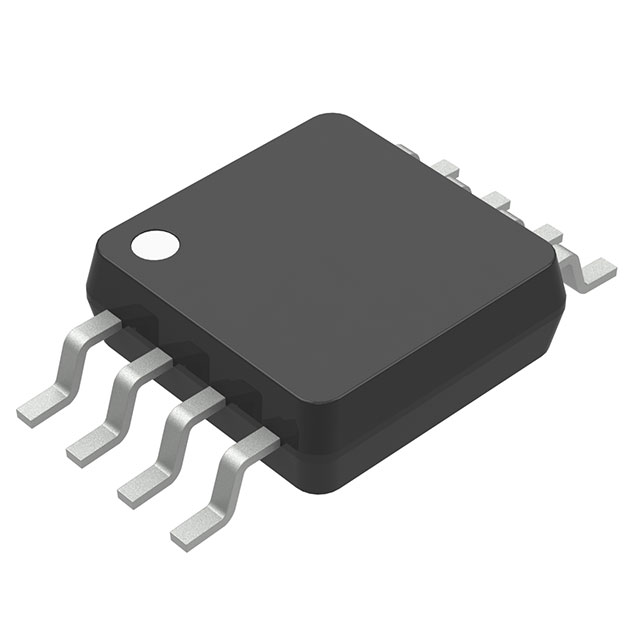
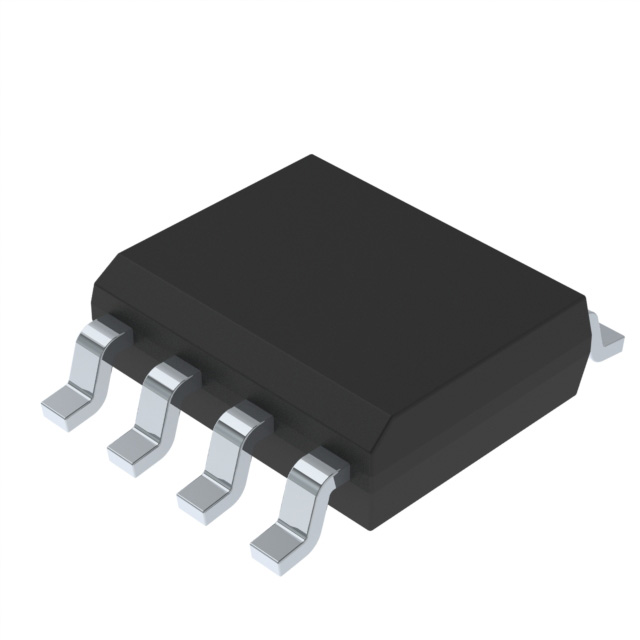
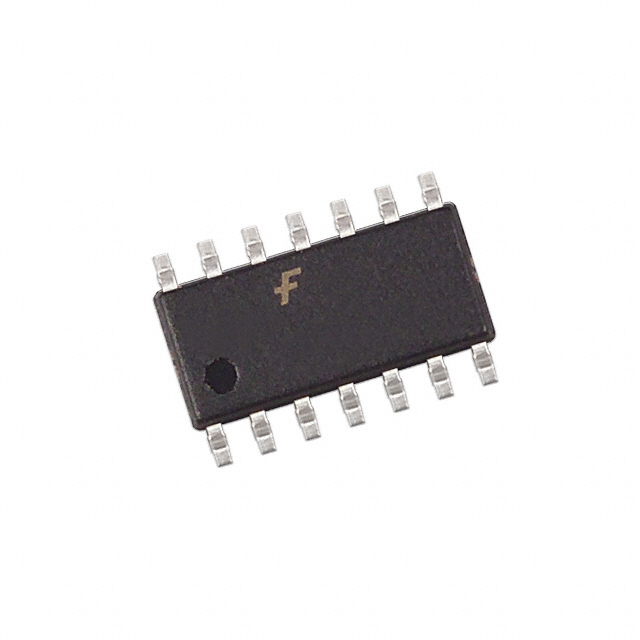
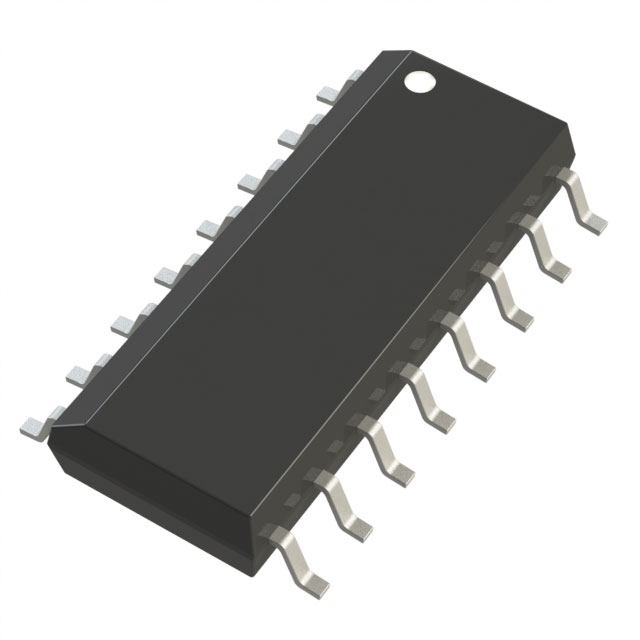
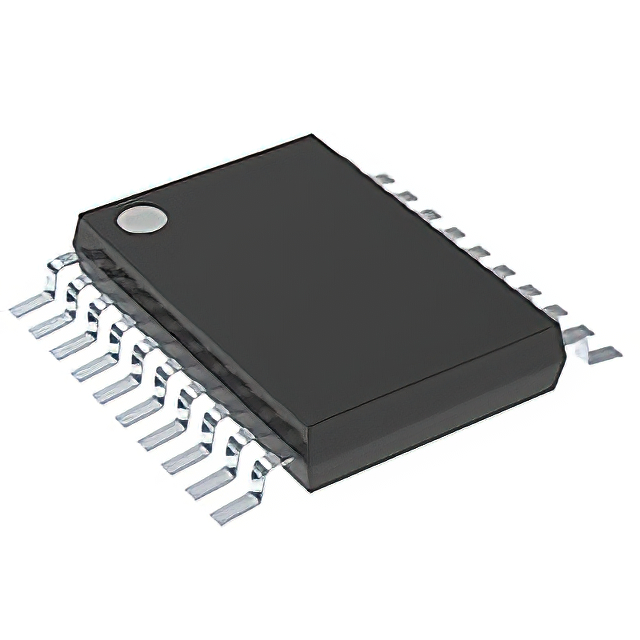
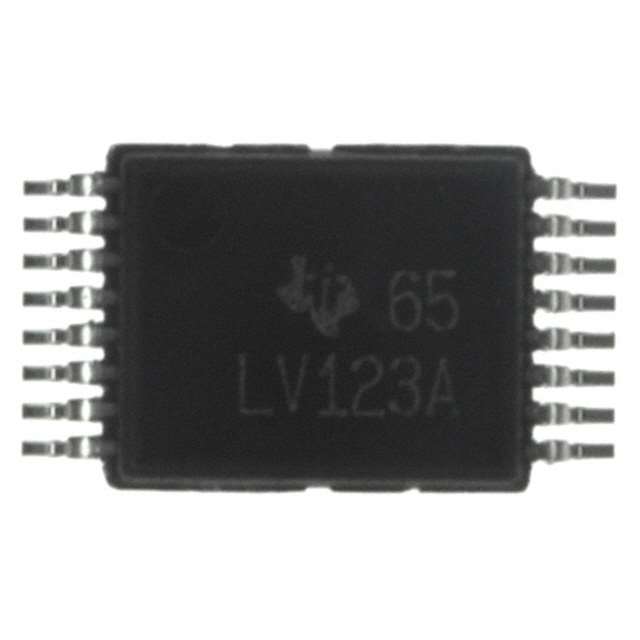
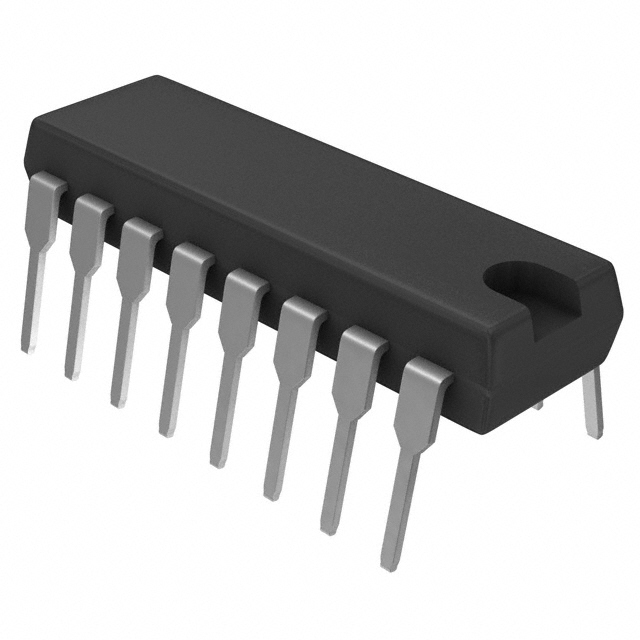
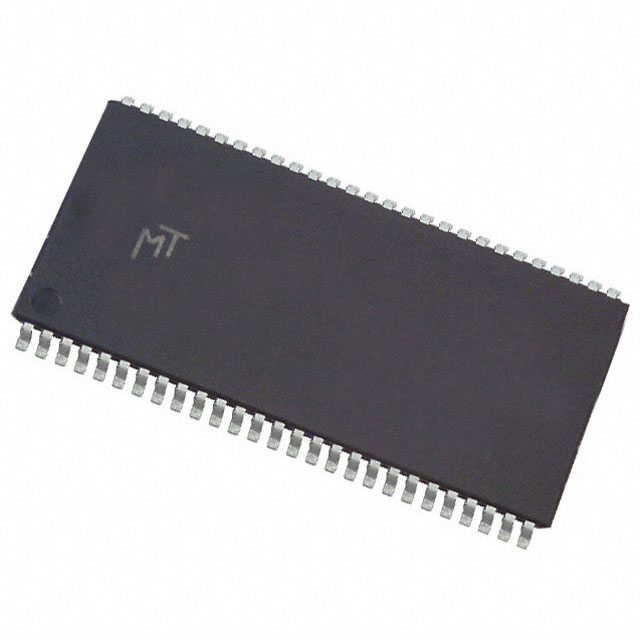
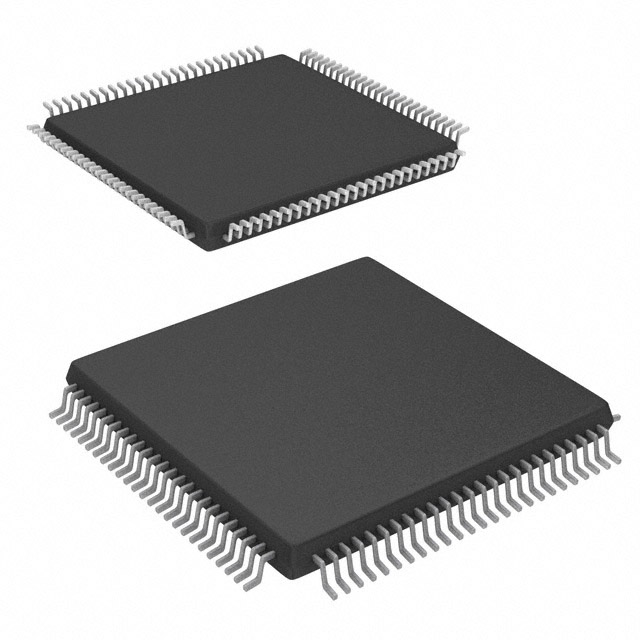
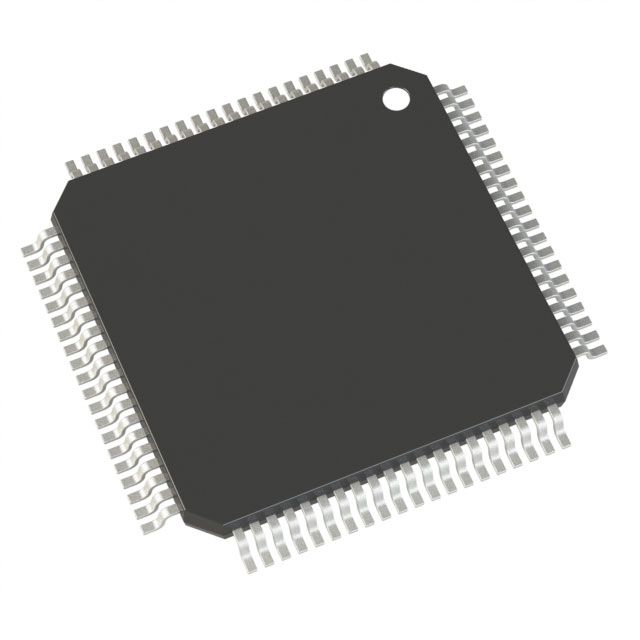






.png?x-oss-process=image/format,webp/resize,h_32)










